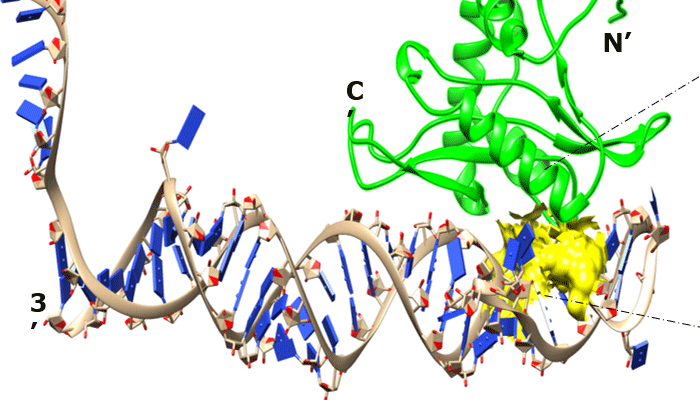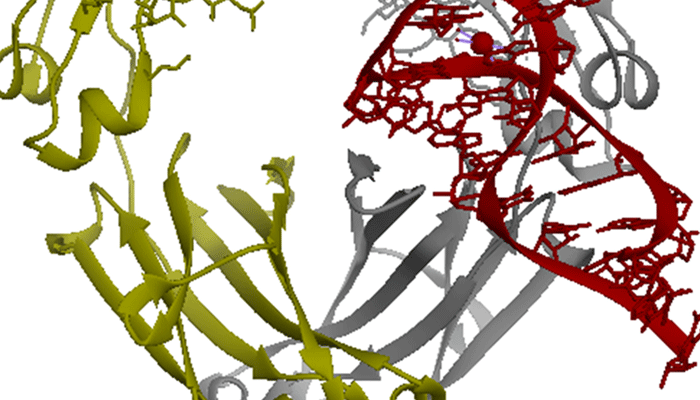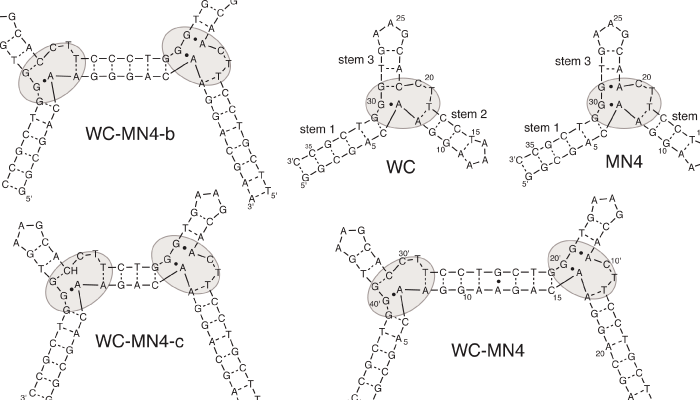
Isolation of DNA aptamers as potential tools for Leishmaniasis diagnosis
RESEARCH ARTICLE
![]()
ISSN: 2514-3247
Aptamers (2022), Vol 6, 1-9
Published online: 16 February 2022
Full Text (Ospina ~1195kb) | (PubMed Central Record HTML) | (PubMed) | (References)
Juan Ospina*, María Osorio, Arley Caraballo and Miryan Sánchez
Instituto Colombiano de Medicina Tropical, Universidad CES, Sabaneta, CP 055450, Colombia
*Correspondence to: Juan Ospina, Email: jospina@ces.edu.co, Tel: +574 4440555 ext 2522
Received: 30 August 2021 | Revised: 06 January 2022 | Accepted: 16 February 2022
© Copyright The Author(s). This is an open access article, published under the terms of the Creative Commons Attribution Non-Commercial License (http://creativecommons.org/licenses/by-nc/4.0). This license permits non-commercial use, distribution and reproduction of this article, provided the original work is appropriately acknowledged, with correct citation details.
ABSTRACT
Leishmaniasis is a vector-borne tropical disease that, depending on the causative species, causes 3 different clinical manifestations: cutaneous, mucosal, and visceral leishmaniasis. In Colombia, Leishmania (viannia) panamensis is responsible for up to 79% of cases. Leishmaniasis diagnosis lacks a gold standard method, and the most sensitive tests can only be performed in laboratories with specialized equipment to perform qPCR, ELISA, and IIF. Accordingly, synthetic molecules such as aptamers have shown the potential to play a role in the development of accurate biosensors for the diagnosis and monitoring of leishmaniasis in endemic areas. In this work, sera samples from patients infected with cutaneous and mucosal leishmaniasis were used to select DNA aptamers that recognize a previously identified protein which was named Leishmania panamensis D protein (LpD) as a biomarker for mucosal leishmaniasis through Systematic Evolution of Ligands by Exponential Enrichment (SELEX). We present a list of unique NGS-identified aptamers with biomarker recognition for cutaneous and mucosal leishmaniasis evaluated by both ELASA and western blot assays. We propose that the interaction between PD1 aptamer and LpD recombinant protein is mediated by two hydrogen bonds. One of these bonds involves the Glu119 base and the G50 base which takes part in the predicted motif for LpD protein recognition. The aptamers PD1, PD2 and PD3 showed a low dissociation constant (Kd) value 51.83±8.725nM, 63.38±9.863nM and 84.85±15.87nM respectively, which makes them good specific biosensors candidates that will allow rapid and low-cost diagnosis of leishmaniasis in remote and low-resource endemic areas. In addition, we consider that a portable tool could be used in the field to further improve the sensitivity and specificity of this type of diagnostic test.
KEYWORDS: Aptamers, leishmania, diagnosis, ELASA, western blot



